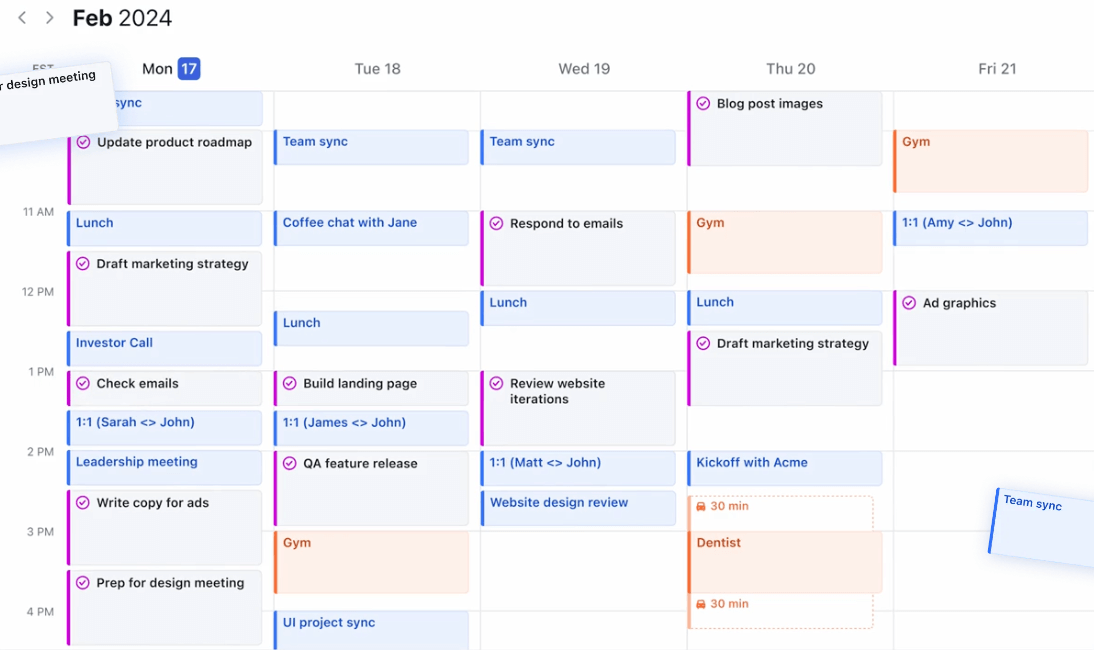Read time: 4 min 30 sec
How to Procrastinate Procrastination Itself
We all do it: a quick 5-minute break turns into an hour of scrolling. Then, we feel guilty after we realize what we could have used that time for instead…
Procrastination is tempting, but there’s hope. Here are 3 effective strategies to turn you into a productivity machine:
- 🧠 The Eisenhower Matrix
- 🕰️ Time Blocking
- 🔗 Implementation Intentions
🧠 The Eisenhower Matrix
Prioritize your to-do list with the Eisenhower Matrix. Categorize tasks into four quadrants based on urgency and importance:
- Urgent and Important: Complete these now. Example: proposals due today or crises needing immediate attention.
- Important, but Not Urgent: Focus on long-term goals. Example: learning new skills or planning business expansion.
- Urgent, but Not Important: Low-priority tasks. Example: emails someone else can handle.
- Not Urgent and Not Important: Distractions. Example: social media or organizing your mug collection.
Created by Stephen Covey, based on a quote from Dwight D. Eisenhower, this tool helps prioritize tasks and boost productivity. Identify your important but not urgent tasks to schedule next.
🕰️ Time Blocking
Organize your schedule into dedicated blocks for specific tasks. Great AI tools like Motion, ReclaimAI, and BeforeSunset AI can help. Here’s how to start:
- Define Your Blocks: Segment your day into focused periods for tasks like deep work, meetings, and breaks. Align these with your Eisenhower Matrix priorities.
- Stick to Your Schedule: Commit to your schedule, minimize distractions, and communicate availability.
- Evaluate and Adjust: Regularly review and tweak your time blocks to optimize productivity.
Time blocking reduces multitasking and decision fatigue, helping you manage time proactively and avoid procrastination.

🔗 Implementation Intentions
Link desired actions with specific cues using implementation intentions. Be specific to bridge the gap between intention and execution:
- Define Clear Goals: Know what you’re working towards. Keep your goal at the forefront.
- Identify Trigger Points: Use “If , then ” statements. Example: “If I want to look at my phone, then I will review my task list instead.”
- Commit and Execute: Make these plans part of your routine. Mentally rehearse the action in response to the trigger.
Implementation intentions help you act on your intentions, turning them into concrete actions.
What did you think of today’s edition?
- Fantastic 🤖🤖🤖🤖🤖
- Eh, it was okay 🤖🤖🤖
- Not helpful 🤖
Comment below.

